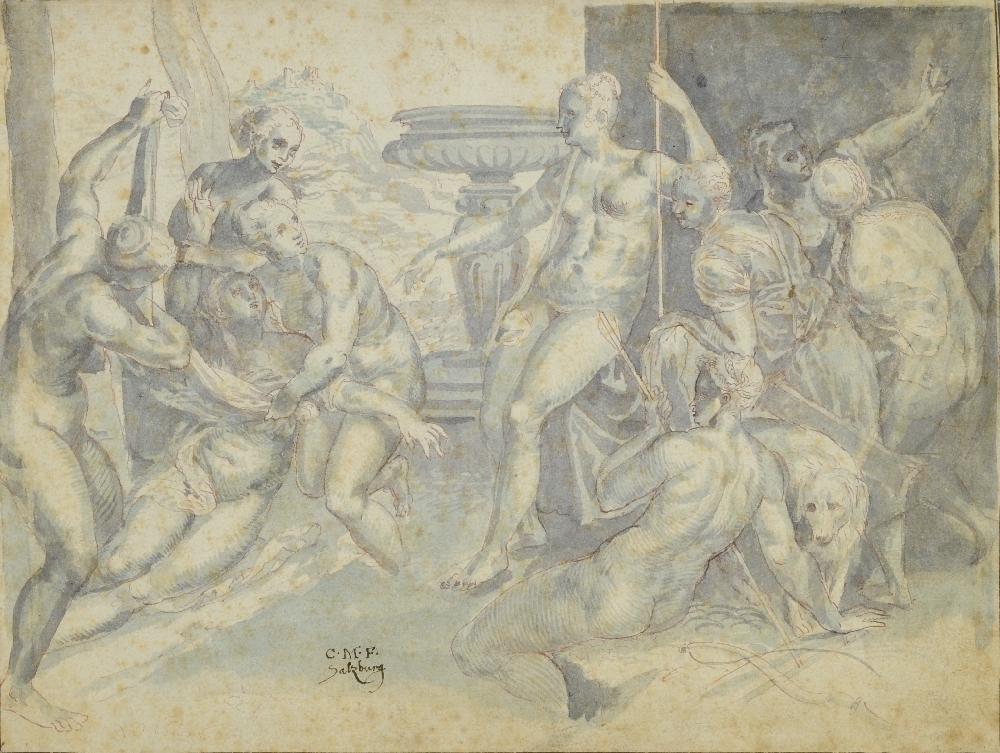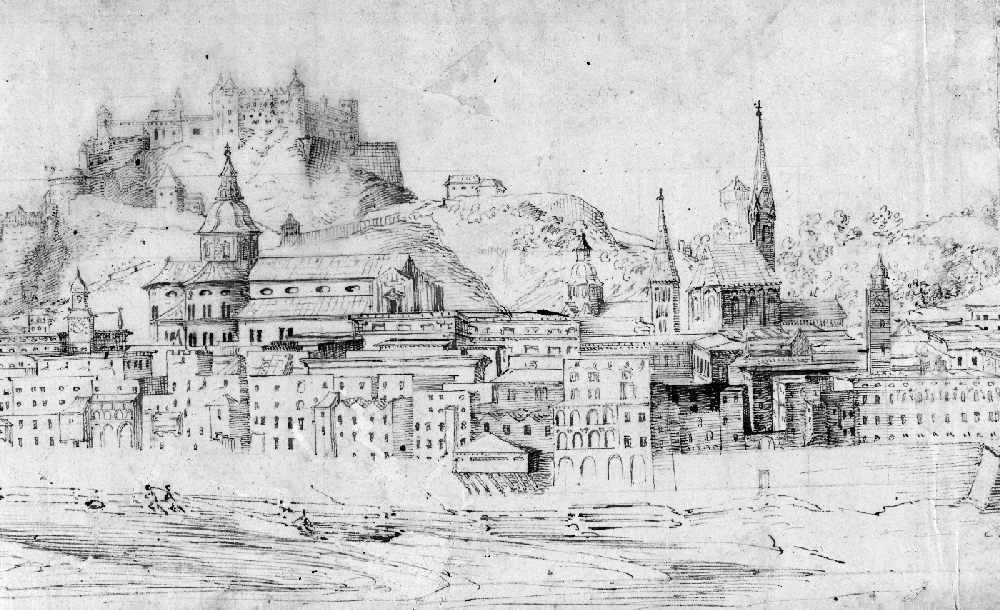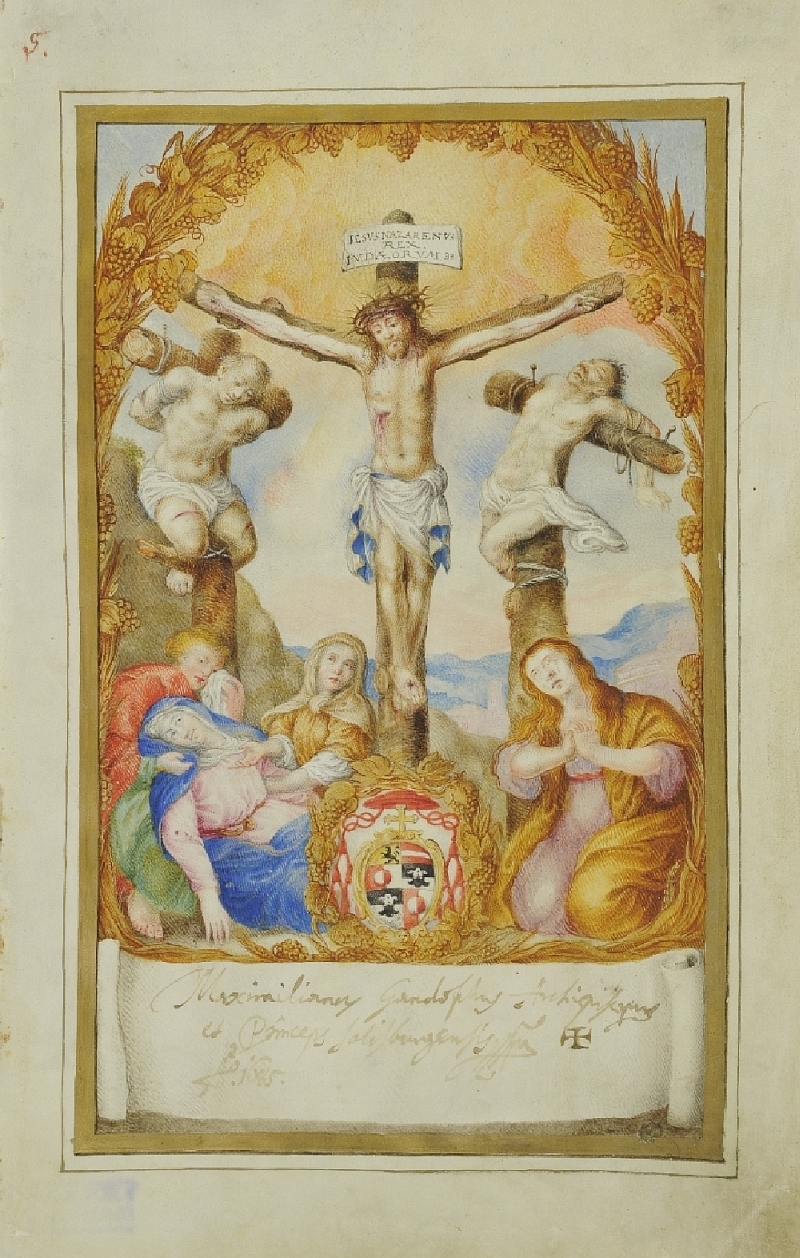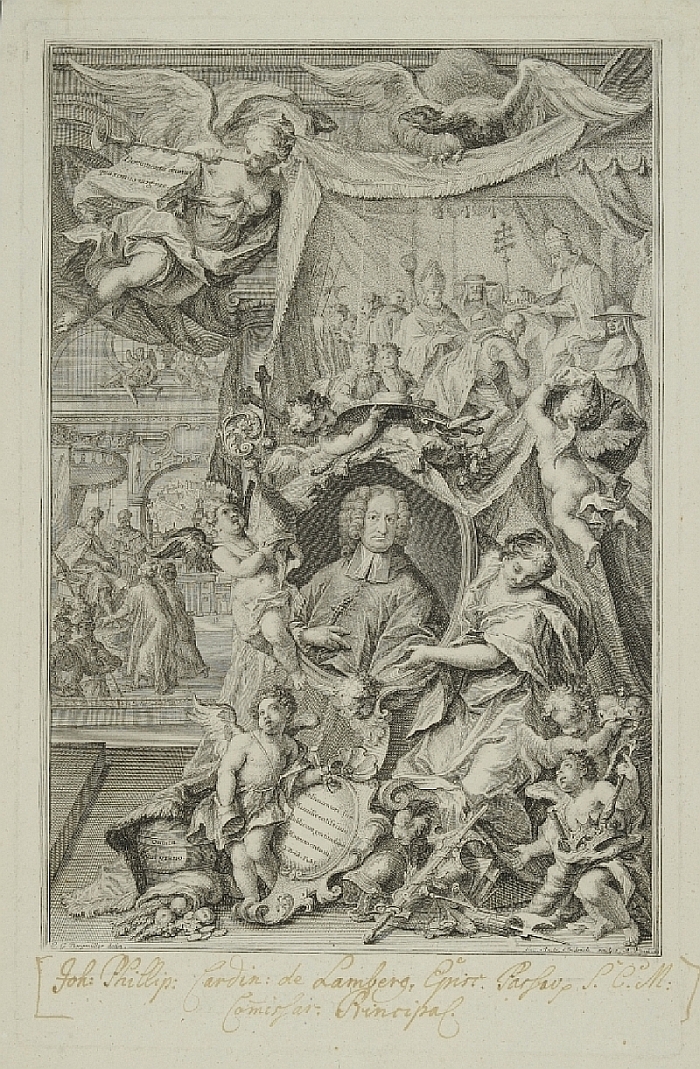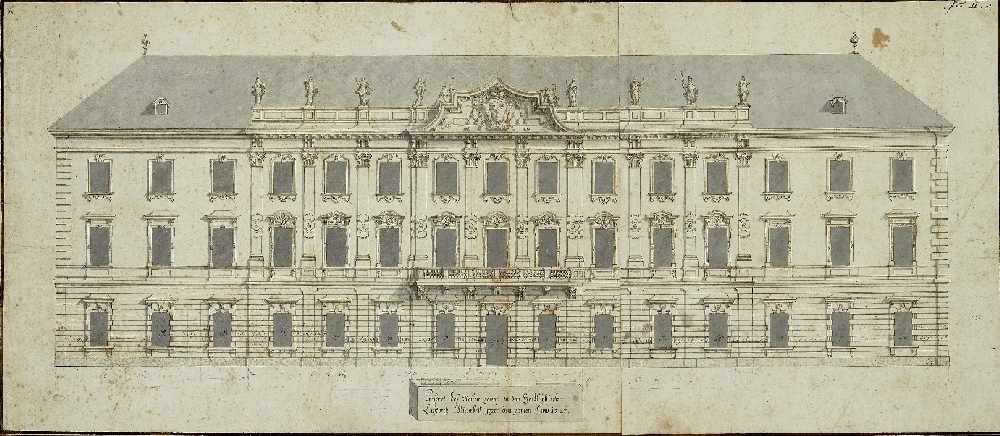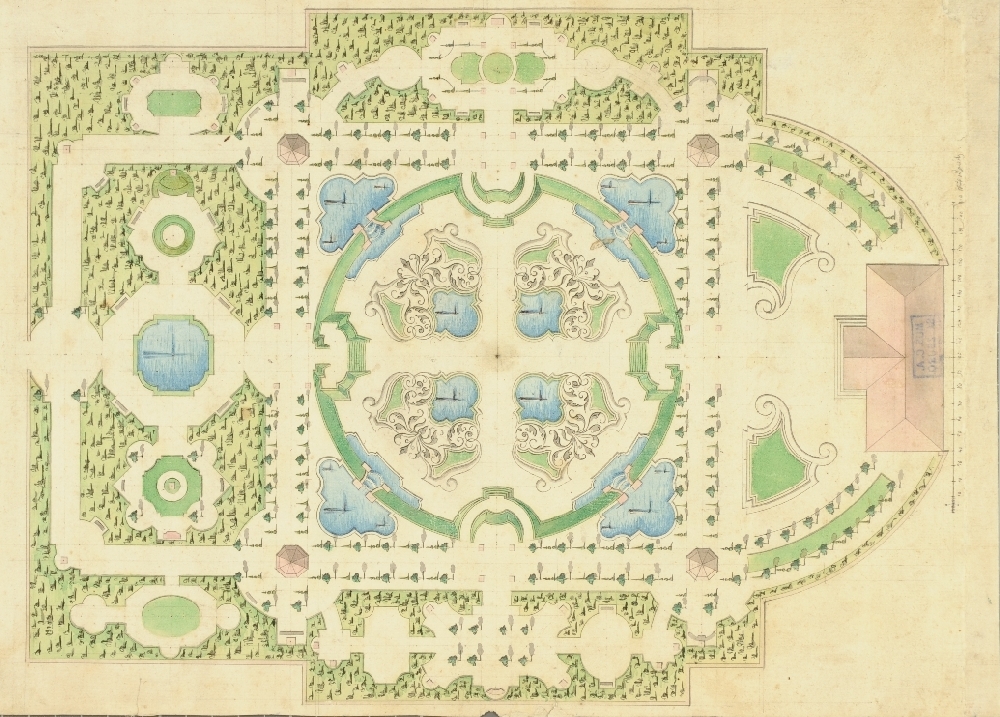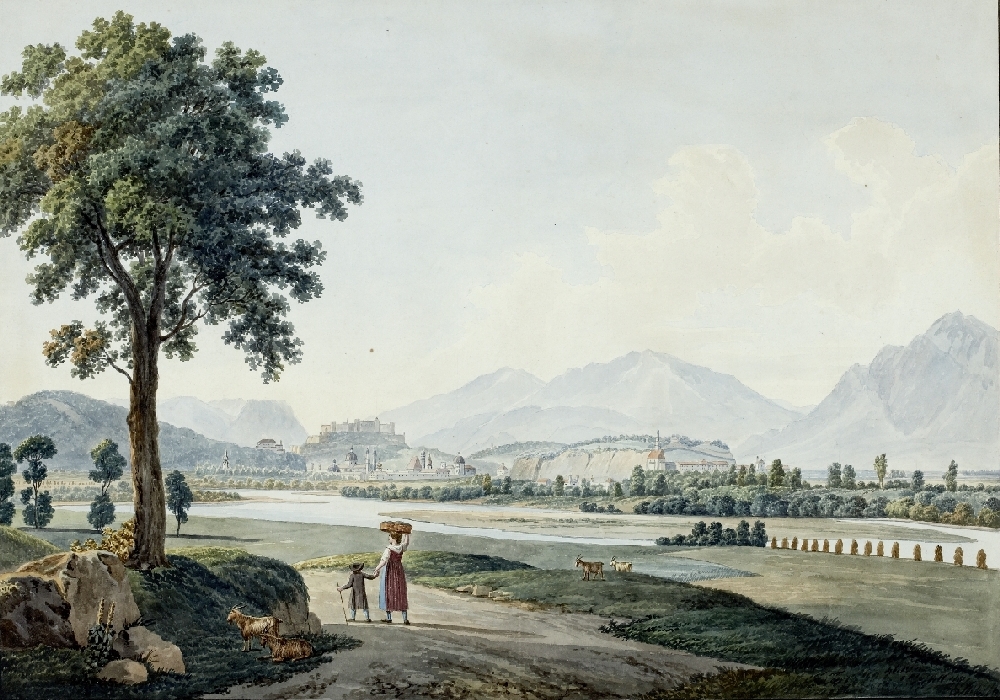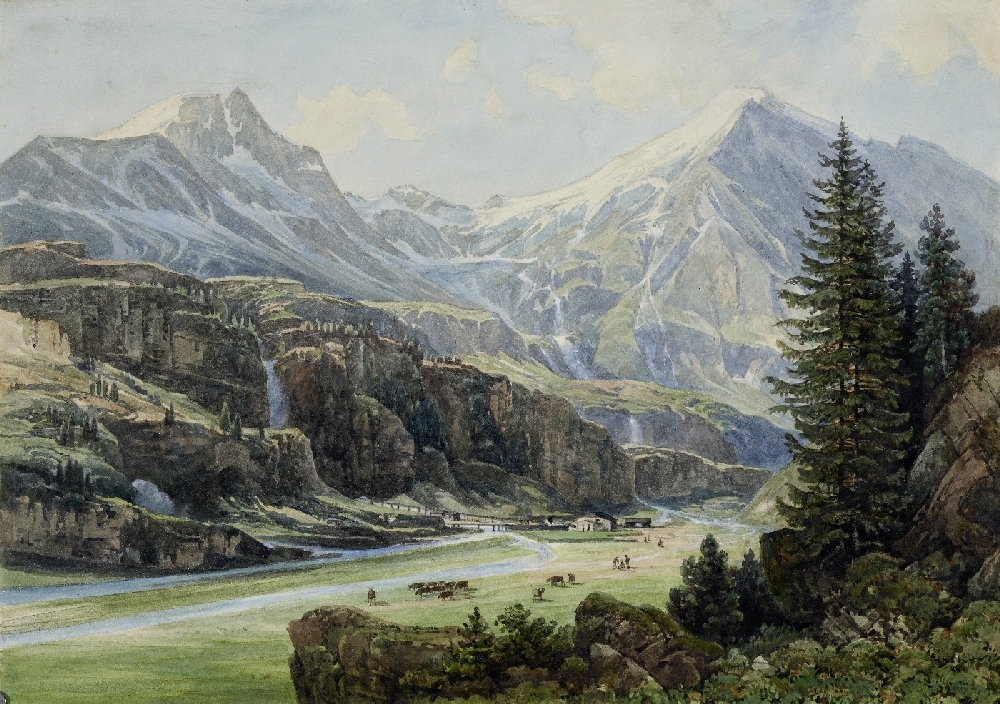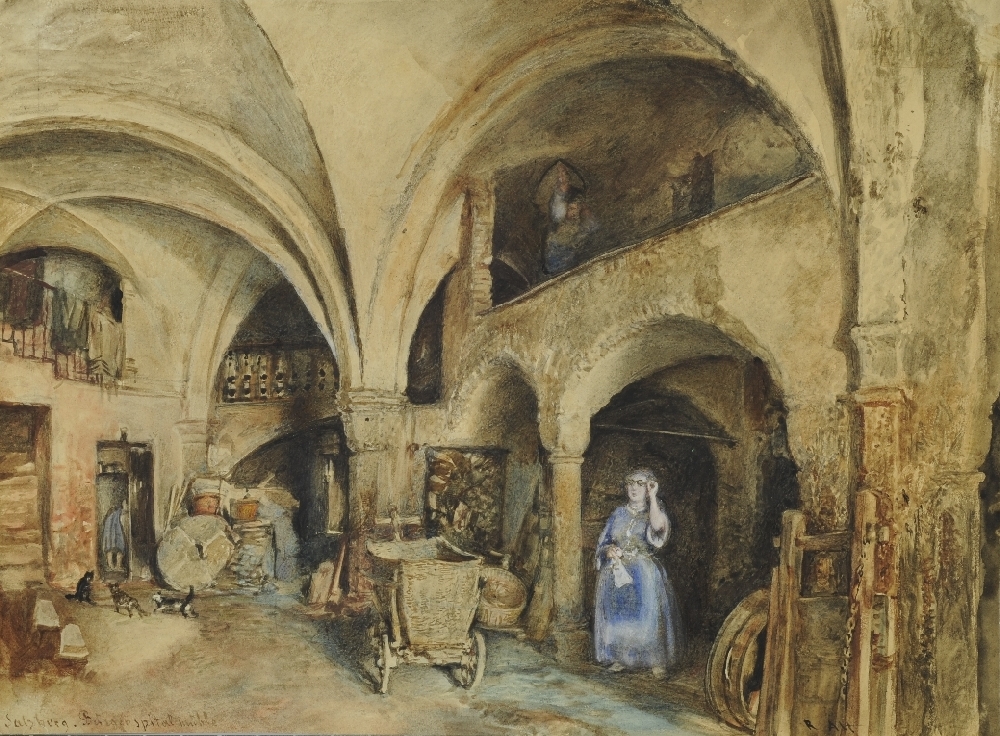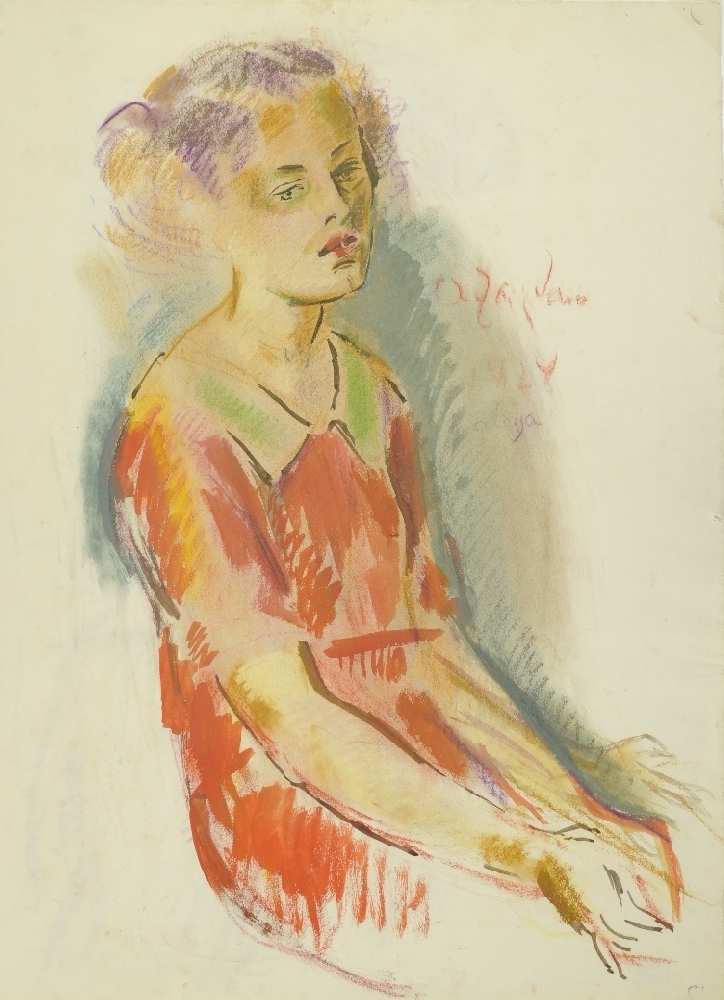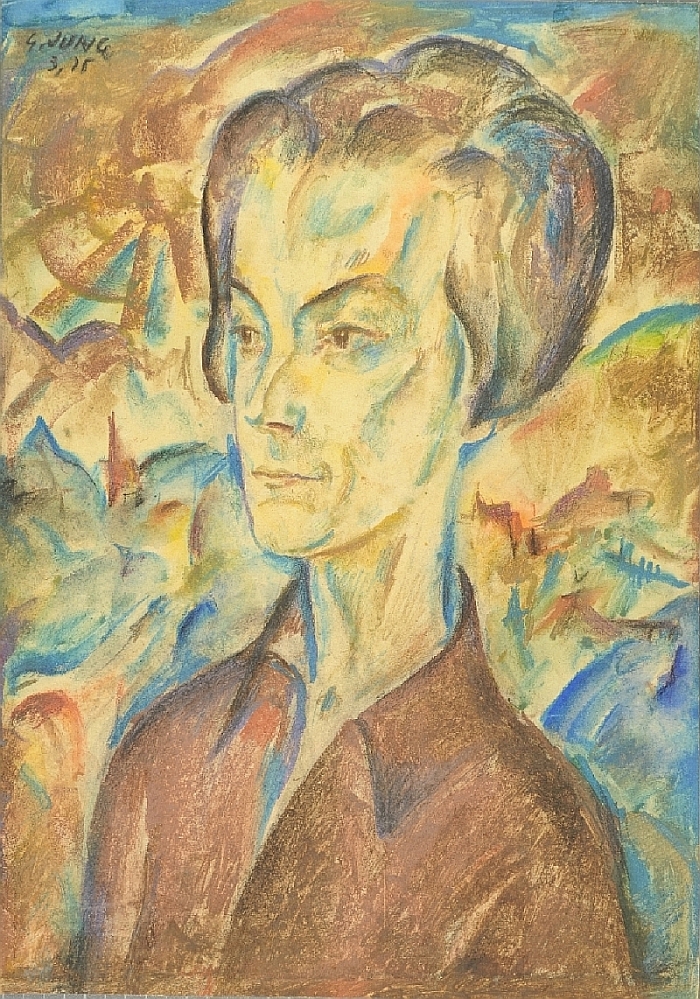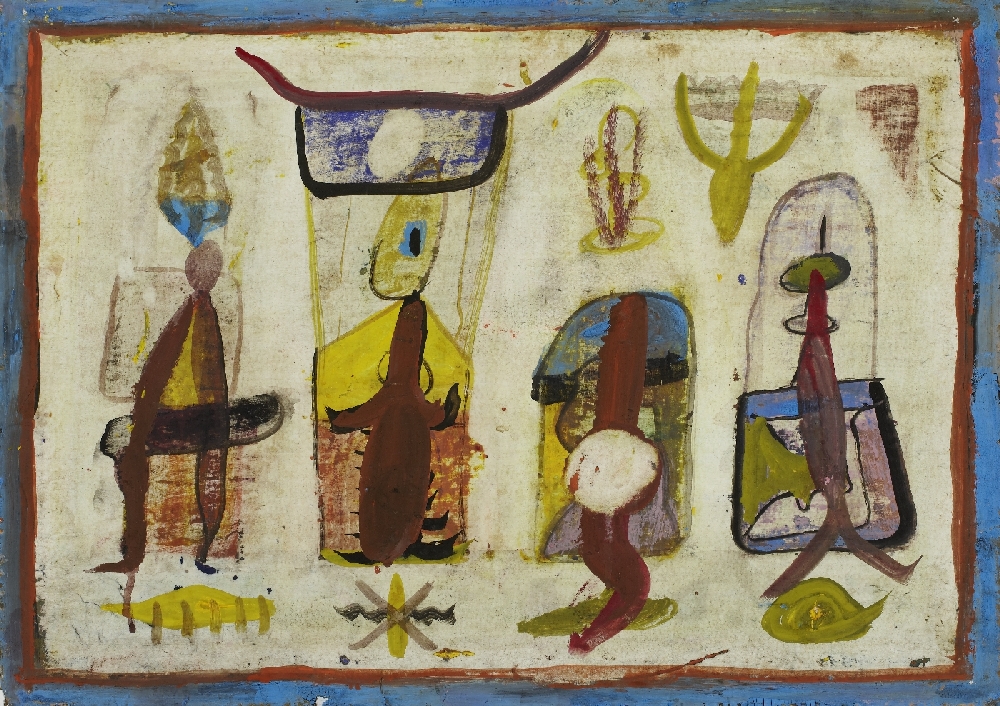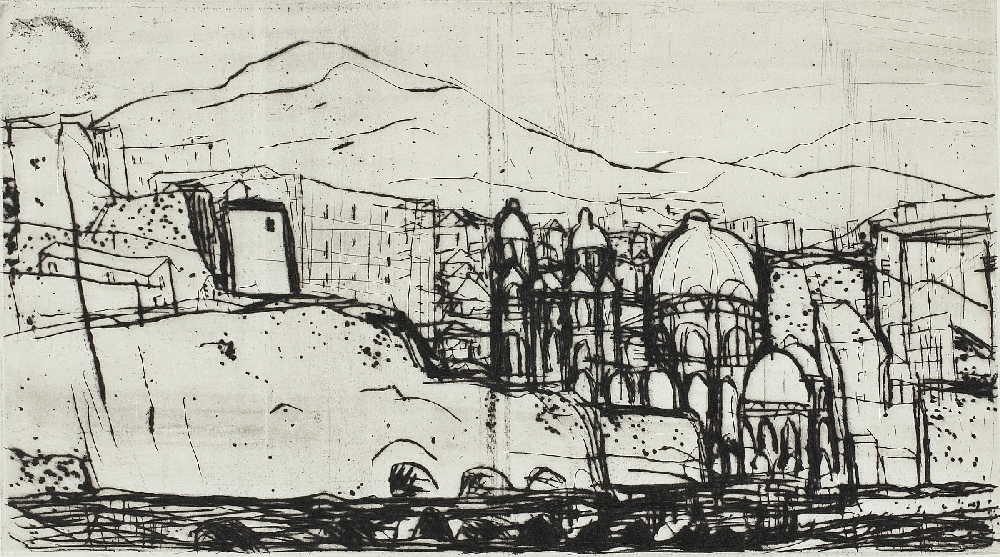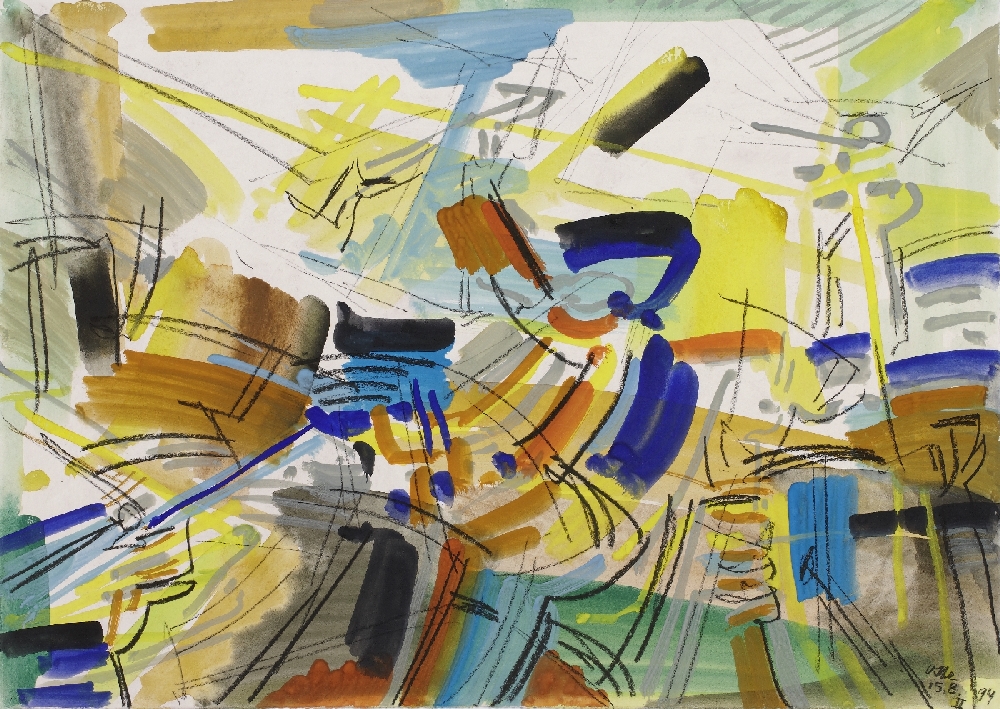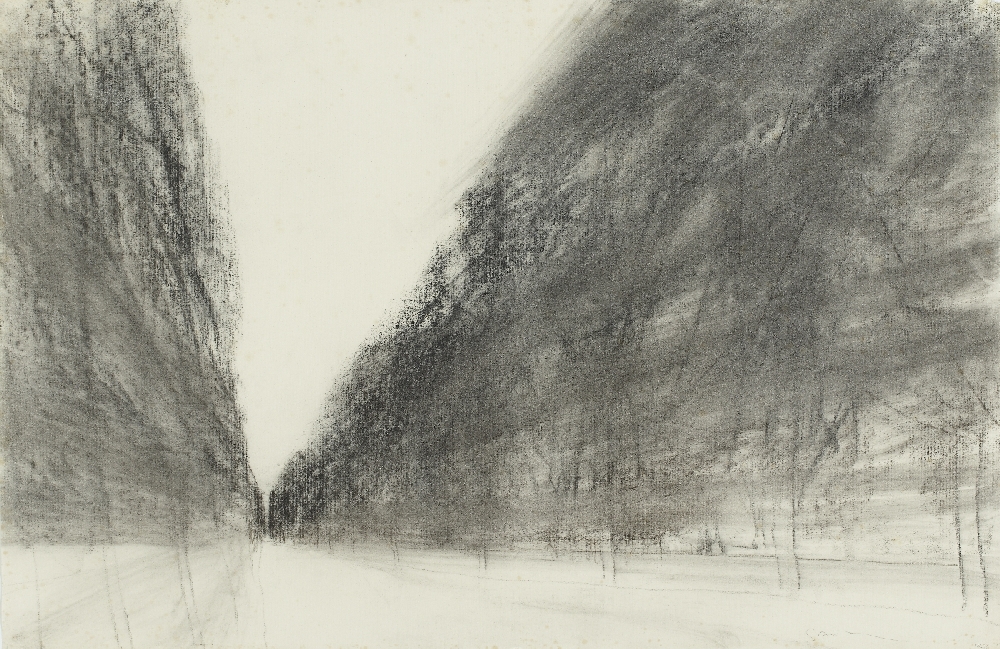STUDIENGEBÄUDE ALPENSTRASSE
Alpenstraße 75
5020 Salzburg
E Mag. Katja Mittenorfer-Oppolzer
T +43-662-62 08 08-140
F +43-662-62 08 08-720
Graphics collection
History
In the old museum the collection of graphics and works on paper – mainly views – were kept in folders, which visitors could leaf through; museum organisation allotted them to the library. It was not until the museum’s re-opening in 1967 that this department received its own depot facility with a systematically registered inventory. The re-ordering of around 25,000 sheets was performed by Franz Fuhrmann after the example of the Albertina, with preliminary work by Otto Kunz. Since then, the available cubic volume of space and the inventory have practically doubled. In 1983, the enhanced status of this collection department was manifested by appointing its own curator.
Inventory overview
The proportion of sheets reaching back to before the museum’s foundation is not very large, since it was not possible as in other institutions to benefit from earlier existing collections. The strength of the collection lies – how could it be otherwise? – in the views of Salzburg, whether the rare examples of the sixteenth and seventeenth centuries or the Baroque series of engravings and the innumerable souvenir pictures. Not many cities and towns in Europe have inspired artists in such great numbers as the motif of Salzburg. Besides the topographic focus, which of course includes the Salzburg region with classic tourist locations such as Bad Gastein and Zell am See, local artist personalities of the nineteenth and twentieth centuries make up the major part of the inventory. The range of Salzburg art can in some cases be complemented with comprehensive bequests, which still occur. Among prominent names like Makart and Faistauer, which are very well represented thanks to continual purchasing, the name of Gottfried Salzmann has been added in recent times. A collection of plans, to a great degree identical with the archive of the master builder family of Laschenzky, is of great importance for the study of architecture within the history of the city.
New acquisitions
The gaps in the collection of “old views” are relatively small, so that a stronger focus can be placed on the graphic arts. A weak point in the inventory that cannot be eliminated easily is the time of the artistic discovery of Salzburg in the early nineteenth century. Some sheets of insignificant value on the market are in principle worthy of collecting; here, the field of interest encroaches on everyday culture.
Transparency and function
Owing to conservation reasons, works on paper can usually be put on display in exhibitions only for a short period. What matters here in many cases is to safeguard material that is relevant in cultural history and that can be made available at any time to be viewed by those who are interested. Year after year, numerous publications benefit from the rich holdings.



